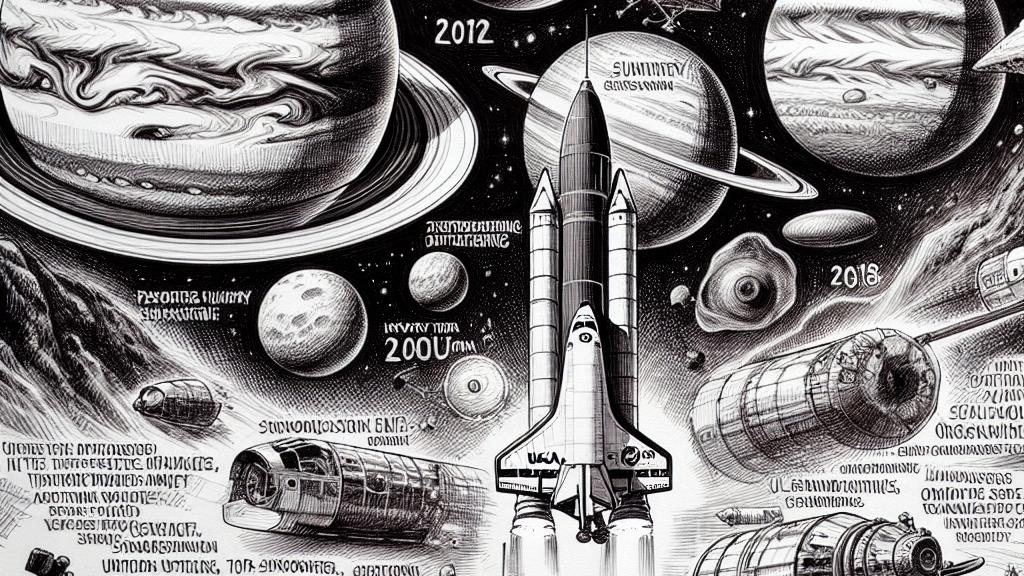NASA's Voyager: Exploring Beyond Our Solar System Since the 1970s
Overview
- The Voyager missions, launched in the 1970s, unveil the secrets of the universe while enhancing global scientific knowledge.
- Voyager 1 and 2 proudly stand as the first human-made artifacts to travel into interstellar space, achieving an iconic milestone.
- Their extraordinary success is a result of brilliant engineering foresight, innovative redundancy, and the relentless pursuit of knowledge.

A Journey Through the Solar System
In a spectacular leap for humanity, NASA launched Voyager 1 and Voyager 2 from the United States in the late 1970s, marking the beginning of an unprecedented exploration saga. These remarkable spacecraft embarked on an epic journey that took them past the swirling storms of Jupiter, the majestic rings of Saturn, and the icy giants, Uranus and Neptune. Each encounter brought breathtaking discoveries; for instance, Voyager 1 revealed the presence of active volcanoes on Jupiter's moon Io. In a historic breakthrough, Voyager 1 crossed the threshold into interstellar space in August 2012, followed by Voyager 2 in November 2018. This extraordinary expedition allows scientists to delve deeper into the mysteries of the heliosphere and the vast expanse beyond it, demonstrating the limitless potential of human curiosity and innovation.
Secrets Behind the Voyager's Longevity
What accounts for the awe-inspiring longevity of the Voyager missions? The answer lies in the meticulous planning and innovative design choices made by the engineers who crafted these iconic spacecraft. They didn't merely aim for durability; rather, they sought to eliminate the possibility of failure altogether. Redundant systems were ingeniously implemented, ensuring vital components had backups ready to step in at a moment’s notice. Furthermore, each Voyager is powered by advanced radioisotope thermoelectric generators, the unsung heroes of their energy supply. These ingenious devices allowed the probes to travel further than anyone had ever anticipated, transmitting invaluable data about distant planets and cosmic phenomena. Today, thanks to these design elements, they continue to serve as humanity's eyes and ears in the vast universe, much to the astonishment of scientists and space enthusiasts alike.
Continuing Challenges and Innovations
Even as they bravely traverse the uncharted territories of interstellar space, both Voyager spacecraft face unique challenges that demand unparalleled ingenuity and collaboration. Operating with technology from the 1970s poses its hurdles, especially as power supplies diminish. The mission team is faced with the critical task of conserving energy by turning off non-essential instruments while keeping key science functions operational. In a testament to the spirit of teamwork, many retired engineers have returned to share their wisdom, working hand-in-hand with younger scientists to tackle emerging challenges. This blending of past experiences and fresh ideas not only enhances problem-solving efforts but also inspires the next generation of innovators. Ultimately, the Voyager mission encapsulates the essence of human exploration, demonstrating that the quest for knowledge knows no boundaries, and the drive to uncover the universe's mysteries will forever endure.

Loading...